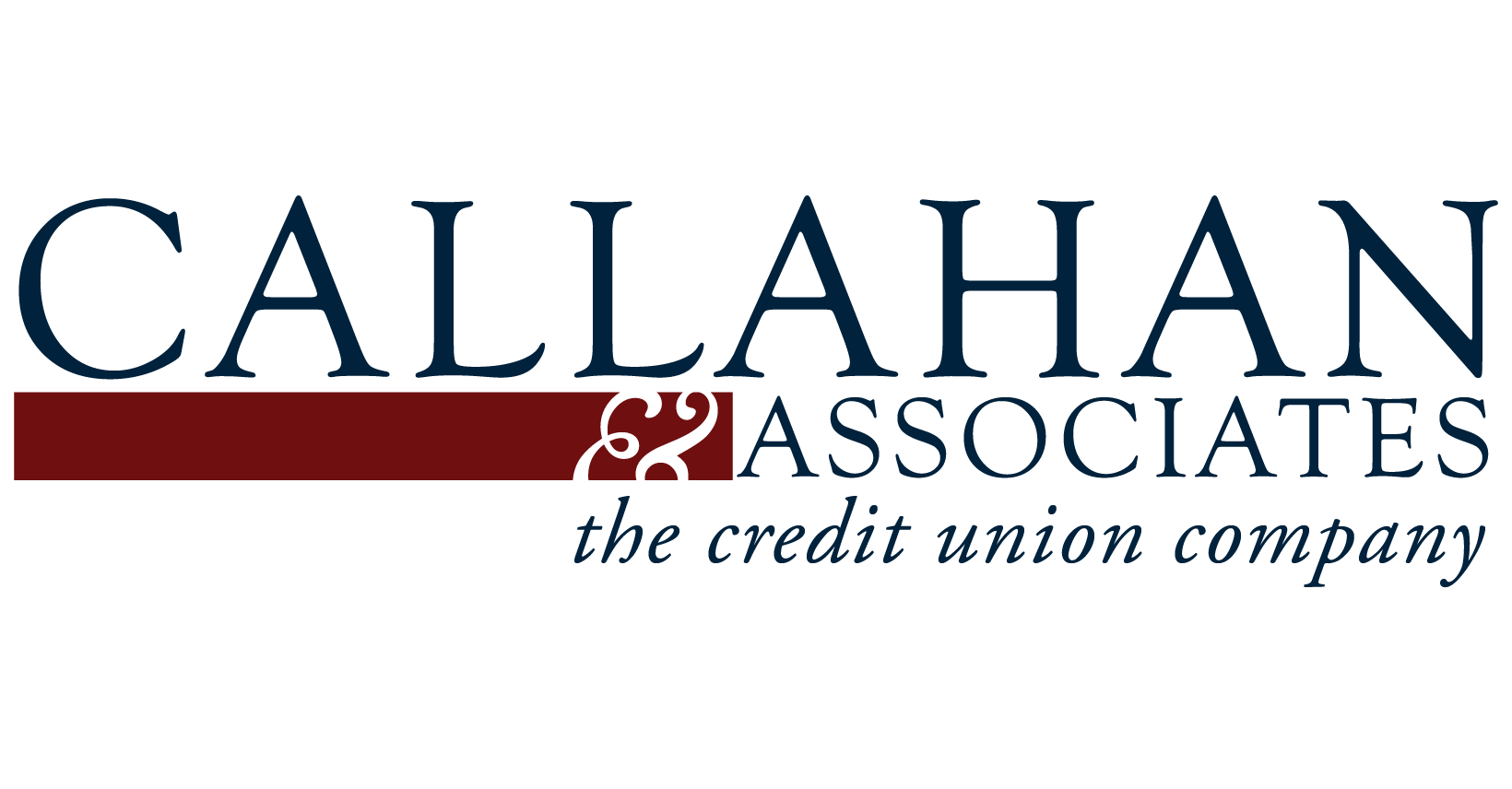I was 19 and confused.
My bank charged me $35 for having negative $2 to my name. I was exhausted and broke, so I did what any self-respecting teen would do: I went online. I found Simple Bank a fee-less, punishment-less, technology-driven checking experience. Signing up is as easy as creating a username and password, providing a picture of your ID, and then waiting for your debit card to come in the mail. From beginning to end, the process takes about a week.
Fast forward two years, and I’m still here, loving my bank. ContentMiddleAd
What Is Simple?
Simple is based out of Portland, OR, and its accounts are operated in partnership with BBVA Compass. Because it has no fees, Simple earns its money by collecting interest on customer deposits. This interest margin is split among its partner banks.
Naturally, I came across other online banks, but none quite like Simple.
Namely, I was compelled by Simple’s technology and convenience. My banking needs aren’t complex. I need a way to spend and a way to save. Simple lets me automate my bill payments and helps me diligently save for them by withdrawing automatically from my Safe-to-Spend account. It lets me track my spending so I can easily see how much I spend eating out for lunch although the engineers at Simple haven’t made my answer any less shameful, unfortunately.
More than reliable, functional technology, though, I don’t want to be penalized for not having much money sometimes.
I’m currently an intern at Callahan & Associates. I’m entering my senior year at American University, so in a year’s time, I’ll need to stretch Simple as far as I can to make student loan payments. Luckily, Simple can help with its Goals feature.
Why I Bank Online
Therapists and finance experts alike will tell you that goal setting is an important part of success in all its varied forms. Simple’s technology helped me set and meet goals time and time again.
Goal setting is critical for me, and according to PricewaterhouseCoopers’ Digital Banking Consumer Survey, I’m not the only one. People setting goals to save for an array of purposes would surely benefit from a tool like Simple’s. And according to the survey, saving is what consumers most want help with from their financial institution. This is true across all age groups. Millennials, Gen-Xers, and Boomers all agreed that saving for retirement was their top priority.

Simple’s interface makes saving money easy and easy to understand.
The Goals feature is a powerful way to save and is why I still use Simple. I say how much money I need and when I need it, and the app does the rest.
Simple automatically moves money from my Safe-to-Spend account on a timeline I set. If I want $30 by the end of the month, I can set the app to set aside $1 every day until I’ve met that. Or set aside $15 from each of my bimonthly paychecks. Or $2 a day for 15 days. If I had a retirement account and wanted to move a certain amount of money into it every month, Simple would take care of that for me.
If my saving plan is pinching a bit too hard, I simply hit pause and start again when I’m ready.
The point is that it’s my spending, my saving, my way all at my fingertips. Such an easy tool empowers me to take control of my finances.
For people just starting down the road of personal finance, this kind of confidence can be impactful for retention. A clean, minimalist interface makes every transaction effortless. A quick browse through an app store proves many of the mobile apps from community banks and credit unions are hardly that. And no wonder apps are expensive to develop.
For now, I’ll keep using Simple. But my banking needs will soon change. They won’t be so basic. Will Simple suit me then?
Why I’ll Stop Banking Online
I’m 21, but if my understanding of time is correct, I won’t always be. I’ll soon be considering things like mortgages, retirement accounts, brokerage accounts, and more.
These services are quite easy to get online (see Robinhood or LendingTree as examples). Ideally, though, I’d like to keep everything under one roof.
I’d love for all my accounts to be as accessible and easy as my checking account with Simple, but is that smart? Can online banks like Simple sustain being full-service providers? What will their rates look like? Will an app explain a complex product as well as an industry professional can in person? Will the law or financial institutions even allow for the full migration of banking to the internet?
Simplifying complicated financial products to provide a streamlined online experience raises some serious consumer protection questions about information sharing. Maybe staying fully online won’t be so easy after all.
Selecting a new branch location isn’t easy, but BranchAnalyzer makes it easier. Analyze competitors, research demographics, and even find closed branches that might be good expansion opportunities. Learn more.
According to PwC, the complexity of some people’s banking needs means branches are here to stay, although at least one credit union runs a variation on a branchless model. Data supports this. In that PwC survey, 59% of respondents apply for new loans in person, and 37% prefer using branches for any sort of financial advice. In fact, credit unions added 100 new branches between December and March, and nearly 2,000 over the past five years.
It turns out that there’s a sizeable amount of people, including myself, who think the internet isn’t the best place for all things finance yet.


